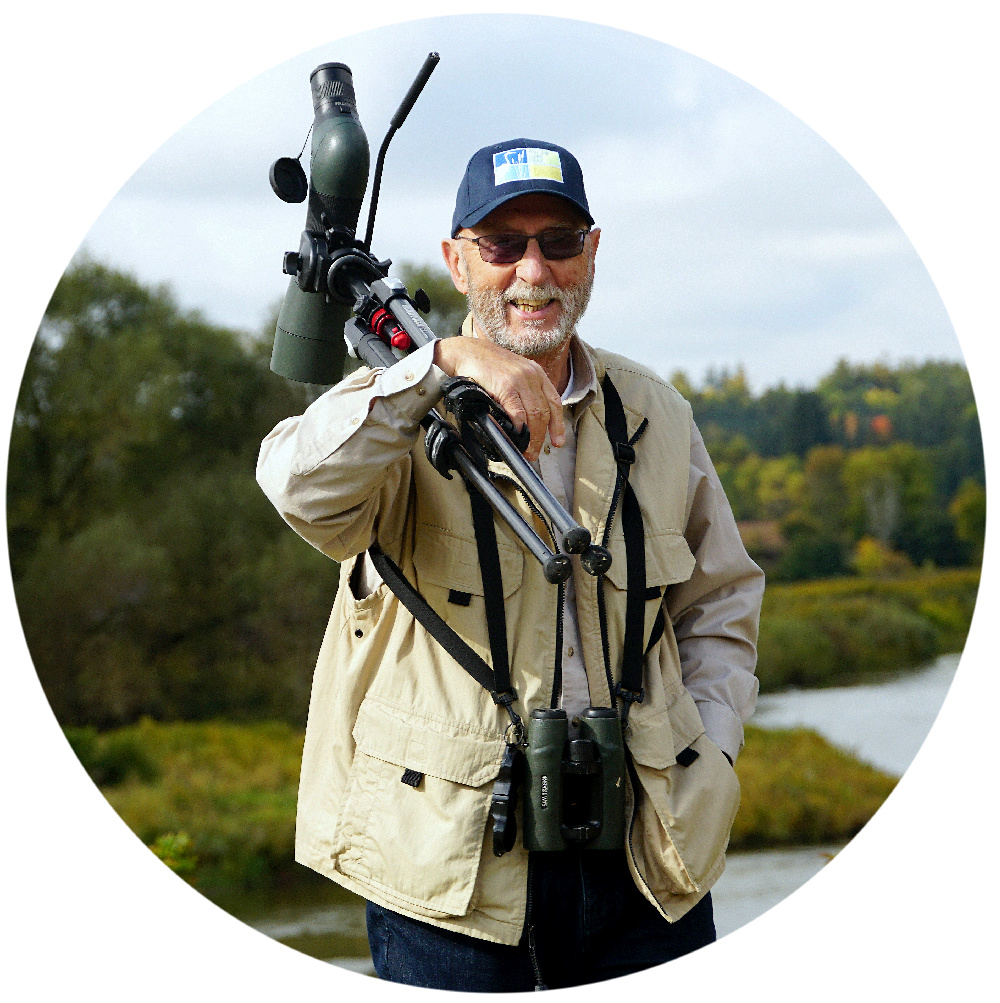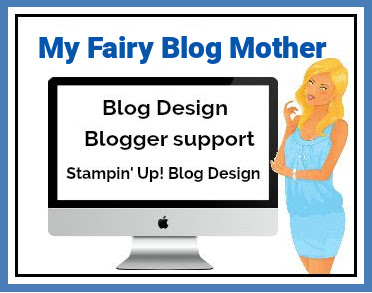Those of you who follow my blog regularly will know that I am an unabashed fan of The Lives of..... series of books published by Princeton University Press and this latest volume serves only to buttress my enthusiasm.
Following on the successful publication of other volumes in this series, the book offers a complete overview of anurans in all their glorious diversity. The world of frogs is delivered to you in a flowing, easy-to-read style. The authors, Jim Labisko and Richard Griffin, were previously unknown to me, and therein lies part of the attraction of this series; one is introduced to new experts in their field, often from other parts of the world.
Beginning with the simple question, "What are frogs and toads?" one is taken on a conducted tour, with stops along the way to examine classification, ancestry, distribution, anatomy, lifestyle, breeding biology, diet, challenges and threats, disease, camouflage, climate change and everything else you were wanting to ask, but lacked opportunity to do so.
One of the hallmarks of The Lives of..... series has been the abundance and stunning use of full colour images, literally on every page.
It is difficult to overstate the value of these images, especially when dealing with taxa among the most colourful and diverse in the world. Even frogs that are close to extinction are featured on the pages of this book.
Judiciously selected species accounts are interleaved with general commentary to illustrate and highlight various aspects of the lives of frogs!
Each species account provides the common and scientific names, a range map, a summary of all the pertinent facts about the frog and a full page, full colour, picture. What more could you ask for?
Sadly, amphibians are among the most threatened organisms on Earth and many species are teetering on the brink of extinction. In fact, numerous species have become extinct in recent years. "Recent assessments indicate that nearly 41 percent of the world's amphibians are currently at risk of extinction, with more than 200 species already having been lost over the previous 150 years. The amphibians - around 90 percent of which are frogs- are therefore in deeper trouble than any other group of vertebrates." (page 253).
It is hard not to experience a real sense of sorrow on reading statements like this. We know that the principal causes are anthropogenic, but knowledge rarely seems to be converted to action, and the grim decline of species continues unabated.
For some species, the pictures in this book may be all that you will ever see.
Irritants
Page 72 ".....temperatures as low as minus 0.4°F (18°C)" should read (minus 18°C).
P. 123/124 The text at the bottom of page 123 is repeated at the start of page 124.
Jim Labisko and Richard Griffiths
Hardcover - US$35.00 - ISBN: 9780691255019
288 pages - 7.5 x 9.5 inches (18.75 x 23.75 cm)
150+ colour illustrations
Publication date: 10 June, 2025











.jpg)

















Books from the library:
ReplyDeletehttps://s.go.ro/p8n6qkt7
*
Frogs are criminals when someone tries to sleep in a water area.
A great selection of books!
Delete'The Lives of' series that you have shown us look amazing. And so very sad.
ReplyDeleteA great book about those marvelous amphibians.
ReplyDeleteInteresting book to see and read I bet. Hopefully some of these creatures will not become extinct, sad if they do.
ReplyDeleteTragic would be more to the point.
DeletePrachtig boek zo te zien David.
ReplyDeleteWat een mooie kikkers staan er in.
Groetjes Tinie
I know nothing about frogs, but that cover is really cool!
ReplyDelete...colorful little critters that are disappearing here.
ReplyDeleteIt's so sad about the frogs and all the other amphibians, David. It happends all over the world, and it's very tragic. Beautiful illustrations in the book.
ReplyDeleteHugs and kisses, Marit
The first two brilliantly colored frogs, reminded me of my visit about 20 years ago to Selby Gardens where Diane and I found a building dedicated to Frogs and Tea. Diane the tea drinker wanted to buy tea, and the walls of the room were covered in aquariums, floor to ceiling. I did not know until then, that frogs came in COLORS other than greens and browns and grays. we stood in amazement staring at them and ended up spending over an hour looking at these frogs. I am sure I would enjoy all the photos in this book
ReplyDeleteLovely photos in this book!
ReplyDeleteI love toads and frogs and it always makes me happy to encounter one in my backyard. Sadly, that doesn't happen as often as it did in the past.
ReplyDeleteDavid, I like toads and frogs. I hate to hear that they are teetering on extinction. I had no idea frogs came in so many glorious colors. Thanks for sharing. YOU, enjoy your day to the max. Pale words in comparison to the well-wishes you leave me, but sincere:)
ReplyDeleteI know this is a great book. I do enjoy reading about frogs, the indicator species, for our world.
ReplyDeleteStopping to think about frogs and toads, I realize that I haven’t seen one in ages. I think we do hear them occasionally but I wonder: are they disappearing?
ReplyDeleteThis really is a fantastic series and I can see why you are fond of the frog book. The illustrations are terrific.
ReplyDeleteIt isn't spring until the frogs sing.
ReplyDeleteDon't know if I could stand to read that book.....humans are doing such damage to our beautiful Earth.
It is depressing to read about what we are doing to the planet, but reading about it may spur you to action, if only locally. One population saved is still a step forward.
DeleteThere are some colorful frogs for certain. I remember from an old David Attenborough epidosde that there was a frog whose eggs developed under it's skin I wonder if this book mentioned that. But I bet it mentioned lots of interesting frog info otherwise. have a wonderful start to the new week David.
ReplyDeleteFascinating all the different colors and designs on frogs. They ain't all just green!
ReplyDeleteI have never done a count, but I would guess that across the world green is a minority colour.
DeleteYou present the book in an excellent way, David.
ReplyDeleteIt is certainly an interesting book about the lives of frogs.
I hope it will make people a little more aware of respecting nature.
It has great photos.
Thank you for this presentation.
I think this is an interesting book to see and read.
ReplyDeleteI wish you a nice Monday David.
Greetings Irma
There are so many species of frog in Australia it's hard to come to terms with their identification - but at least I recognised the Corroboree Frog in this post!
ReplyDeleteHope all is well. Stewart M
You will have to find a local centre of learning offering Frog 101!
DeleteWe have the odd toad visit us here, but I miss the many we used to see in Southern Africa. Bisous Diane
ReplyDeleteThe diversity of frog are amazing ! Nature is wise...humans not...
ReplyDeleteThanks for sharing your find !
Have a lovely week !
Anna
So sad what happens in Canada...The fires are a calamity...
A wonderful and interesting book for sure. Frogs are wonderful creatures. Sadly we are the cause of everything becoming extinct.
ReplyDeleteThe world of frogs is a fascinating one. That looks like a great book. Losing creatures such as these and those we have lost already is a very sad commentary.
ReplyDeleteIt is really tragic, Denise, and there are more to follow.
DeleteMe gusta verlas y oírlas David. Las vimos hace poco en el embalse de Baños de Montemayor, bien cantaban.
ReplyDeleteBuena semana.
Un abrazo.
✫✫✫
ReplyDelete✫✫¸.•°*”˜˜”*°•.✫ Good ev,ning dear David! I love frogs, they're poetic, and reading this post brought back a very dear memory from my distant childhood. Here it goes:
Crocki, crocki, crocki, crocki
Crocki, crocki, crocki, crocki
El sapo salta, salta
Se metió dentro de casa
Entró por la cocina
Se fue tras la muchachada
Abuela dio de gritos
Porque estaba ya acostada
El sapo dio un salto
Y cayó sobre la almohada
Salta, salta, salta
Salta y sobresalta
El sapito de la casa
Salta, salta, salta, salta
Crocki, crocki, crocki, crocki
Y qué sapito feo guiña el ojo sin parar
Crocki, crocki, crocki, crocki
Menuda confusión que vino a armar
El sapo salta, salta
En la almohada de la abuela
Cuando él entró en el cuarto
Puso más leña en la hoguera
Mamá perdió la calma
Y corrió tras de sus huellas
El sapo salta, salta
Sobre la peluca de ella
https://www.letras.com/xuxa/163250/
:D :D
Gros bisous and long life Frogs!
I am very happy to have revived these fond memories of childhood!
DeleteIt's interesting to learn about the lives of frogs, David. Every spring I see them die in my pond. In the fall, the frogs burrow to the bottom, and in the winter the pond freezes to the bottom and they die. In the spring, I have to fish out their remains with a net from the water and change the water.
ReplyDeleteSad that for the majority of every day people, knowledge will never change into action. Other things considered more important are on ones minds instead. Sad that most consider the web of life, where all things are connected, has nothing to do with them. What a rude awakening will one day happen, but happen too late, I fear. Sounds like an amazing book.
ReplyDeleteLovely as always to read about your walks with my early morning breakfast.
ReplyDeletePiękne fotografie sa w tej książce. Moim zdaniem dobre zdjęcia to połowa sukcesu w przypadku książek przyrodniczych. Oczywiście do tego powiniej być rzetelny naukowy tekst. I mamy arcydzieło! Dziekuję!
ReplyDeleteMe encantan las ranas, estoy segura que libro me gustaría mucho. Un abrazo.
ReplyDeleteA mi también. Me gustan mucho.
Delete